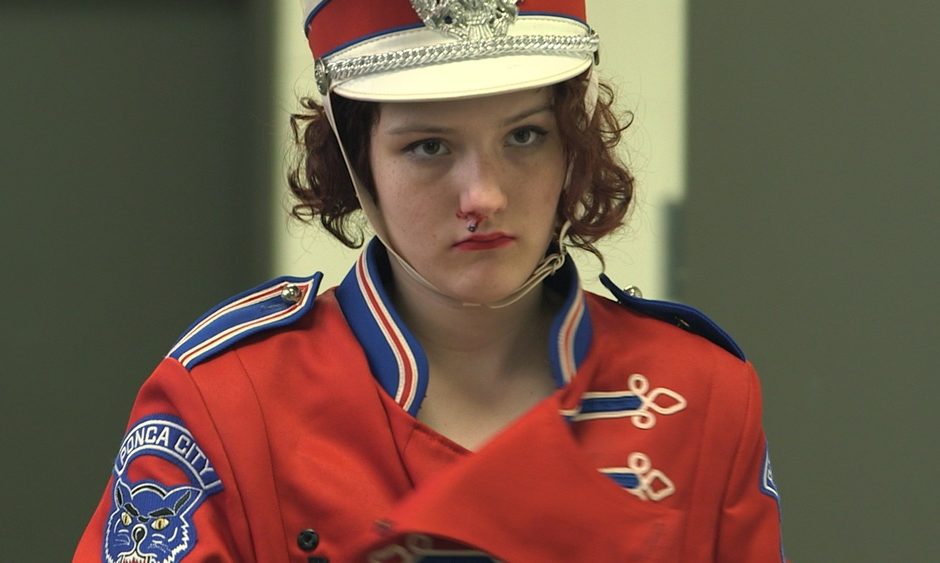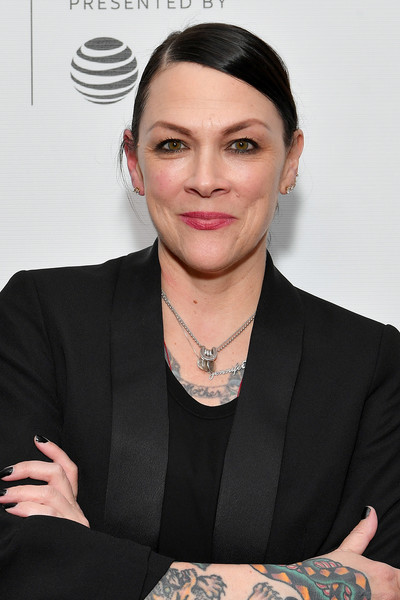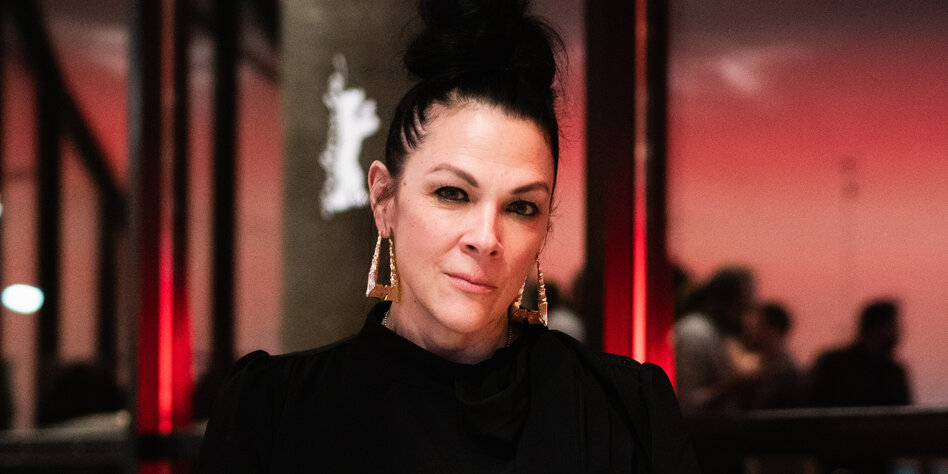
#JENNIFER REEDER MOVIE#
In Reeder’s installation, the video monitor sits like a drive-in movie screen in a little dioramic landscape including miniature conifers and cars, a parking lot, and tiny figures, in front of a wall painted sky blue. The garb hand body language of the students, who seem to hold their environment in thinly veiled contempt, somehow challenge the modern, homogenized veneer of the school corridors.

Nothing happens here but the confrontation of the ennui of institutionalization and the irreverence of youth.

Reeder’s concealed camera, fixed but sometimes panning like a surveillance eye, records the occasional teenage boy or girl sauntering down the hall, pausing at a locker, drinking at a fountain, chatting momentarily with a schoolmate, walking away. The installation A Double Image Both in Focus Simultaneously (II) includes a small monitor on which a looped video of a high-school hallway plays in slightly slow motion. The context enhances the dislocated psychological environment Reeder reveals oddly pathetic incidents of group conformity and individual expression seem to be filtered through a humid haze of aqueous vapor and so made familiar and strange. A few boys are visible from time to time in the background, but the camera focuses on the young women summoned to a school activity that exposes their changing state. Hints of clannish group bonding, moments of personal isolation on which we voyeuristically intrude, and episodes of intense athletic endeavor congeal into a somewhat wistful genre video. Using, soft dissolves, slow motion, and a dreamy sound track by Texas band Aix Em Klemm, Reeder provides a visual tone poem, an ode to teenage rituals.

A Double Image Both in Focus Simultaneously (I) (all works 2001) is a large DVD projection of a girls’ indoor swim meet. Two video-based pieces here were replete with pointed reminders of the many tender vulnerabilities of the teenage years, suggesting the relentless to-and-fro of awkwardness and bluster, adult and child, jammed into the same charged body. The film screened at the Wex September 13–14, 2019.Not so many years removed from having been there herself, Jennifer Reeder is enormously sensitive to the ambiguities of life in high school. Knives and Skin had its world premiere at the Berlin International Film Festival and US premiere at the Tribeca Film Festival in 2019. She received a second Artist Residency Award in 2017–18 for the production of Knives and Skin (2019), her acclaimed feature film about the mysterious disappearance of a teenage girl in a midwestern town. The award enabled her to direct her first feature-length narrative, Accidents at Home and How They Happen (2008), which was shot in Columbus and edited in the Film/Video Studio. Reeder was the recipient of a 2006–07 Artist Residency Award in Film/Video. Since then, Reeder has completed numerous projects with the assistance of the Wexner Center including two of her most celebrated narrative shorts: A Million Miles Away (2014) and Blood Below the Skin (2015), which screened at Sundance and the Berlin International Film Festival, respectively. She returned the following year to work on her experimental short The Closer Stockholm (2004) and began a long creative relationship with editor Mike Olenick. In 2002, Reeder came to the Wex for her first residency in the Film/Video Studio to edit Tiny Plastic Rainbow (2003), an experimental narrative about lonely, urban adults.

1971) long history with the Wexner Center began with a stint as a student employee in 1989, the year the building opened. A native of Columbus and graduate of The Ohio State University, Jennifer Reeder’s (b.


 0 kommentar(er)
0 kommentar(er)
